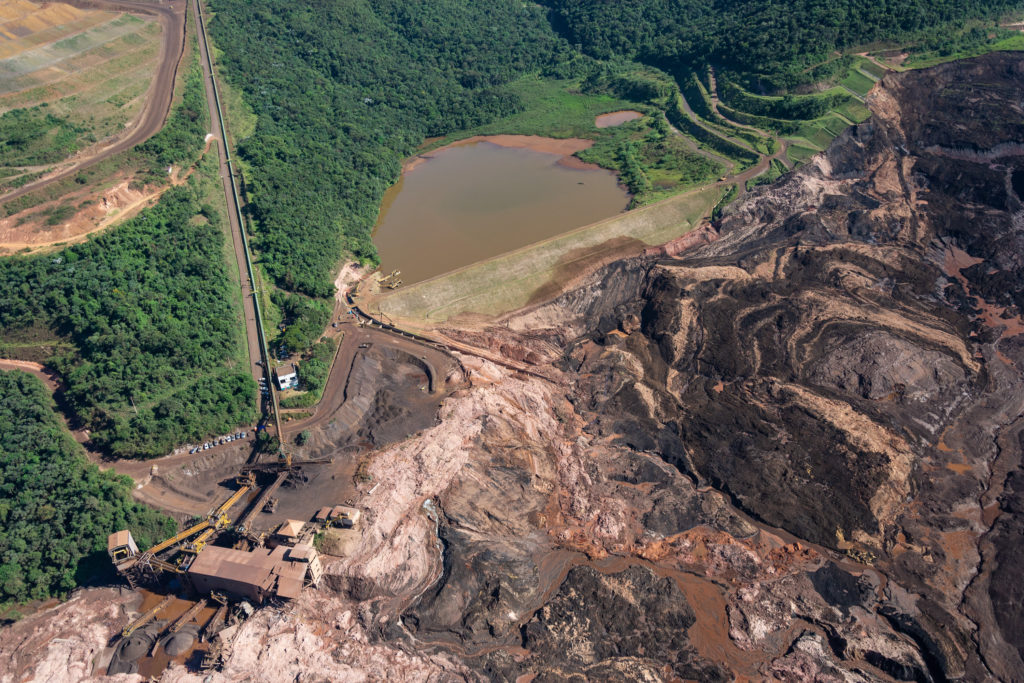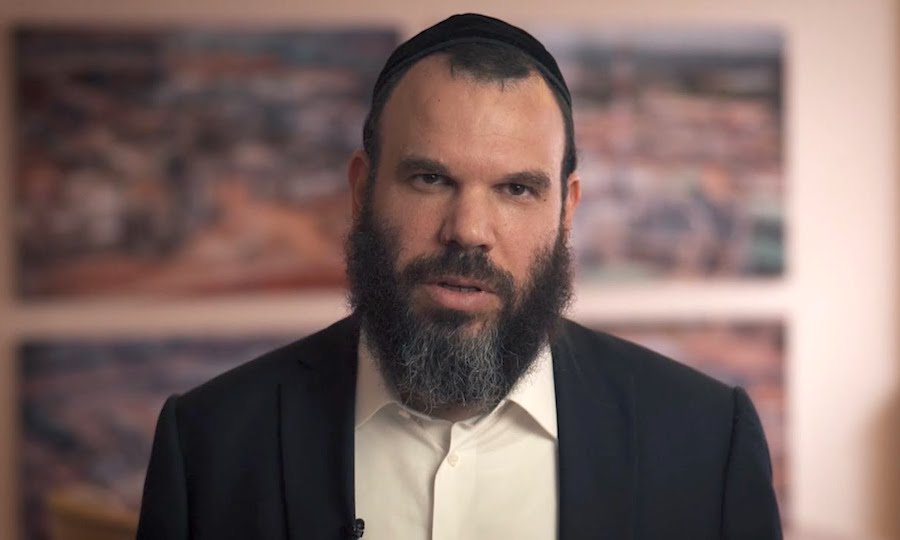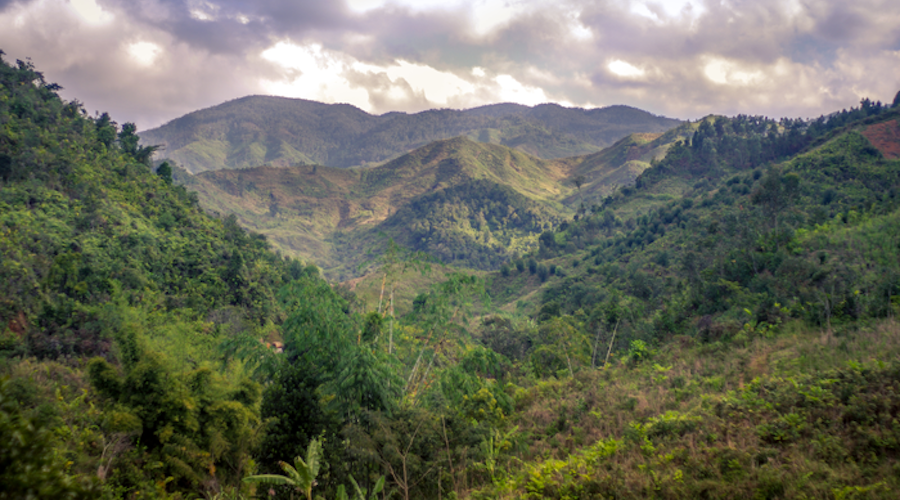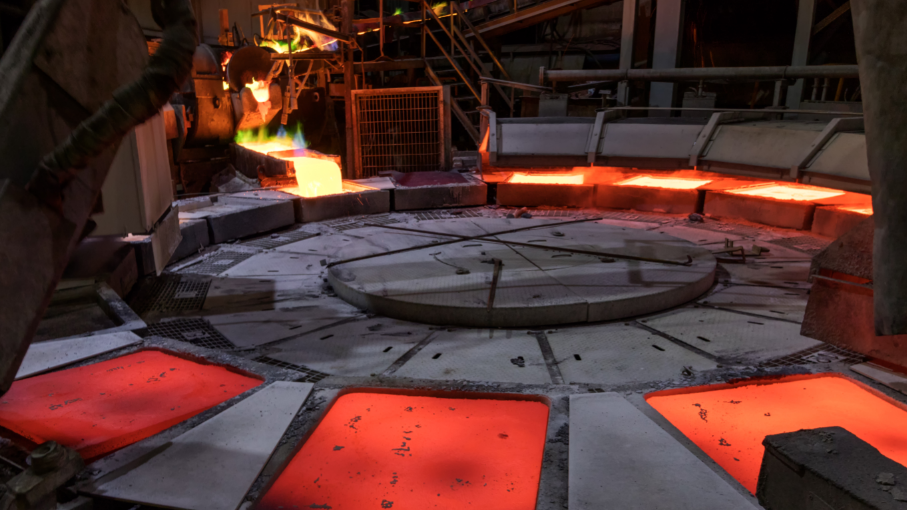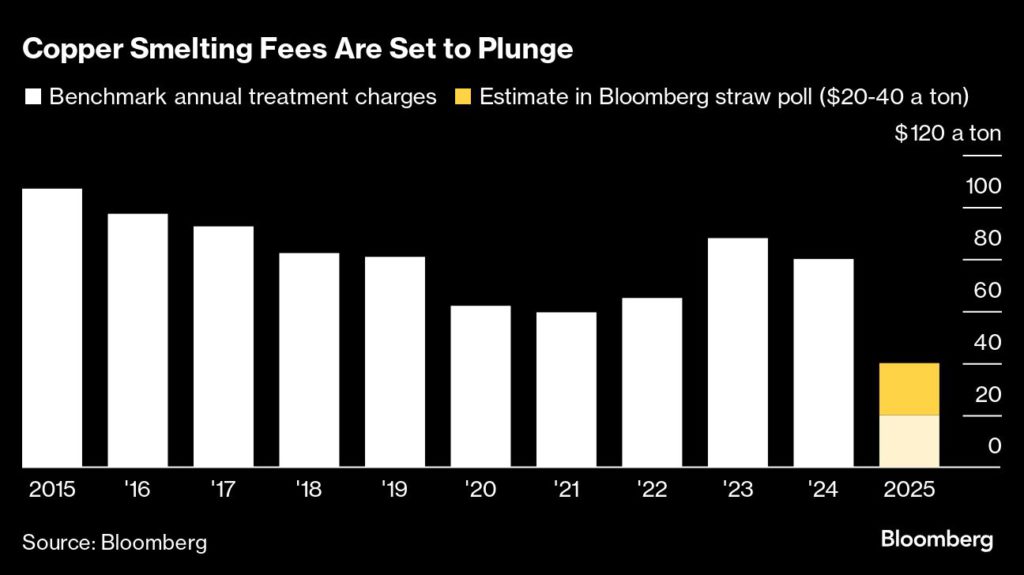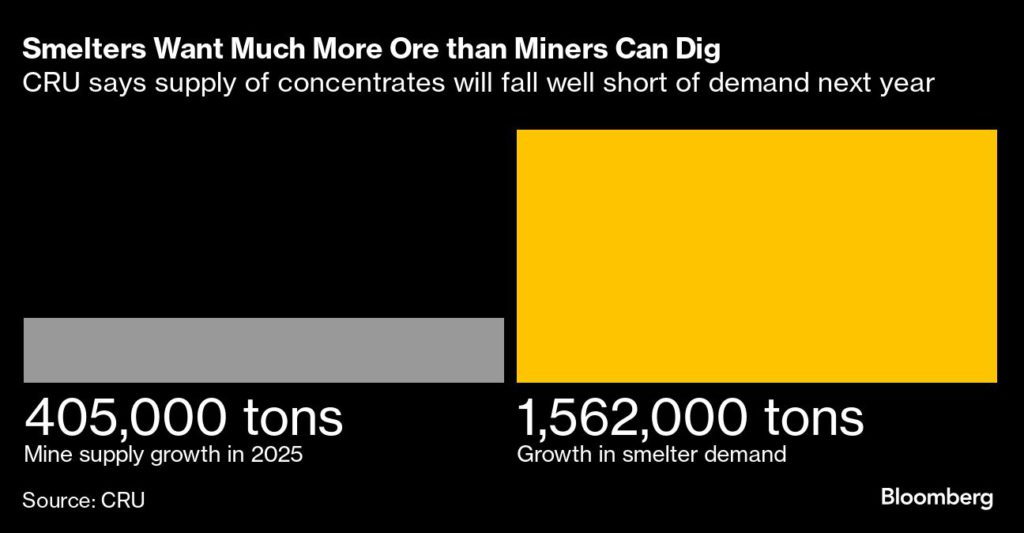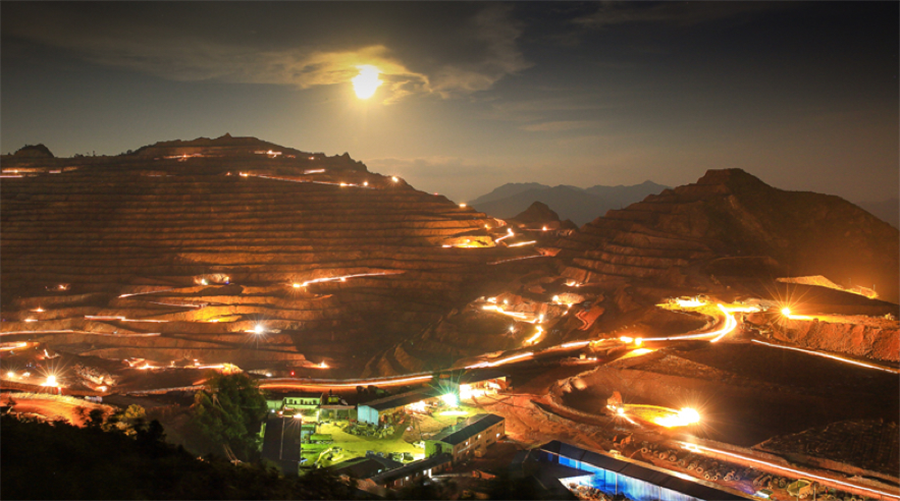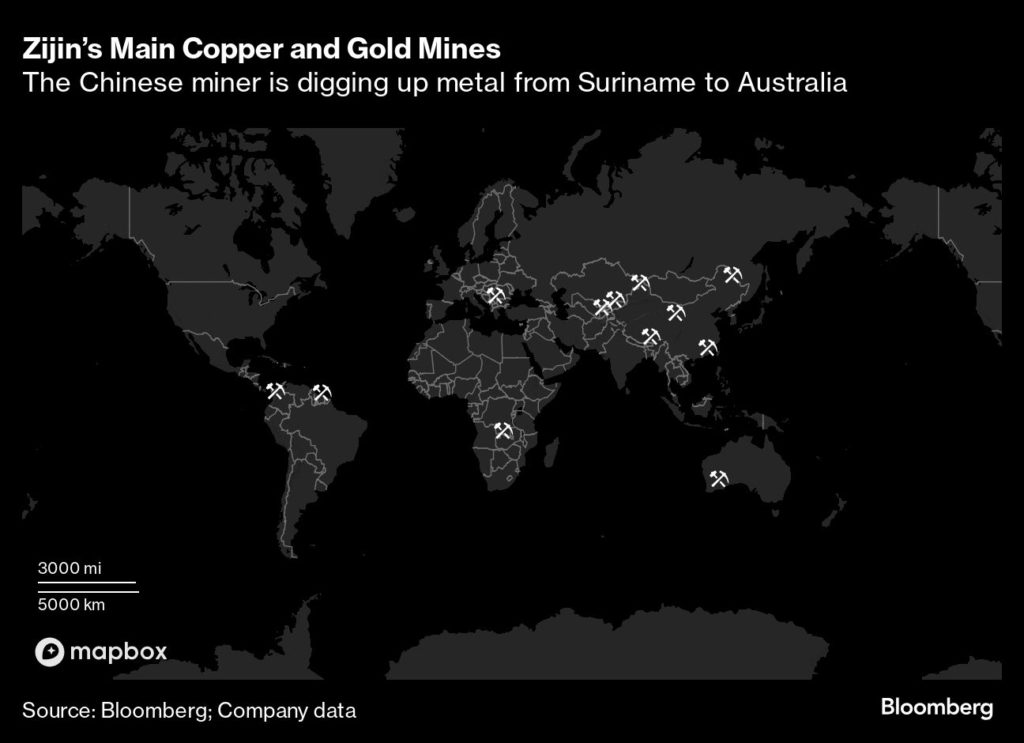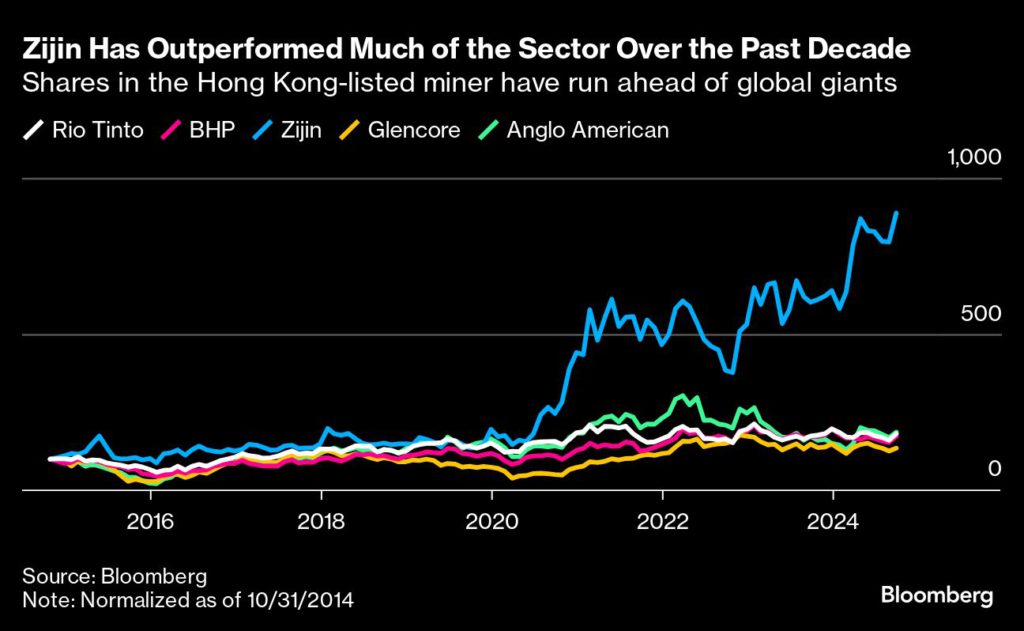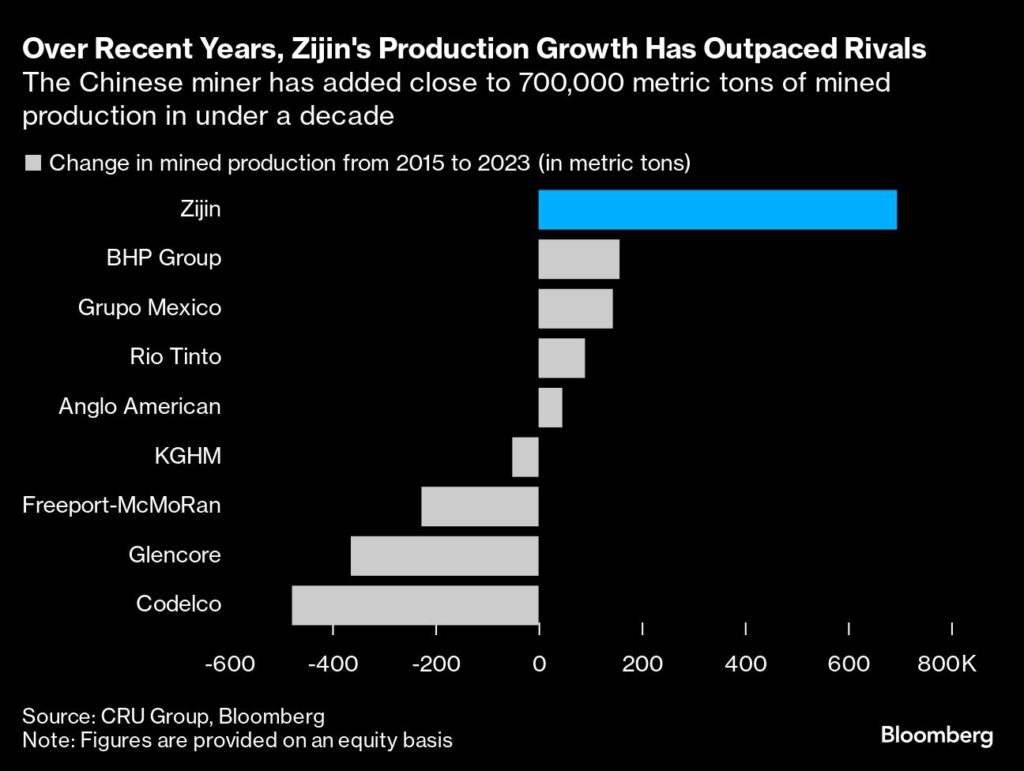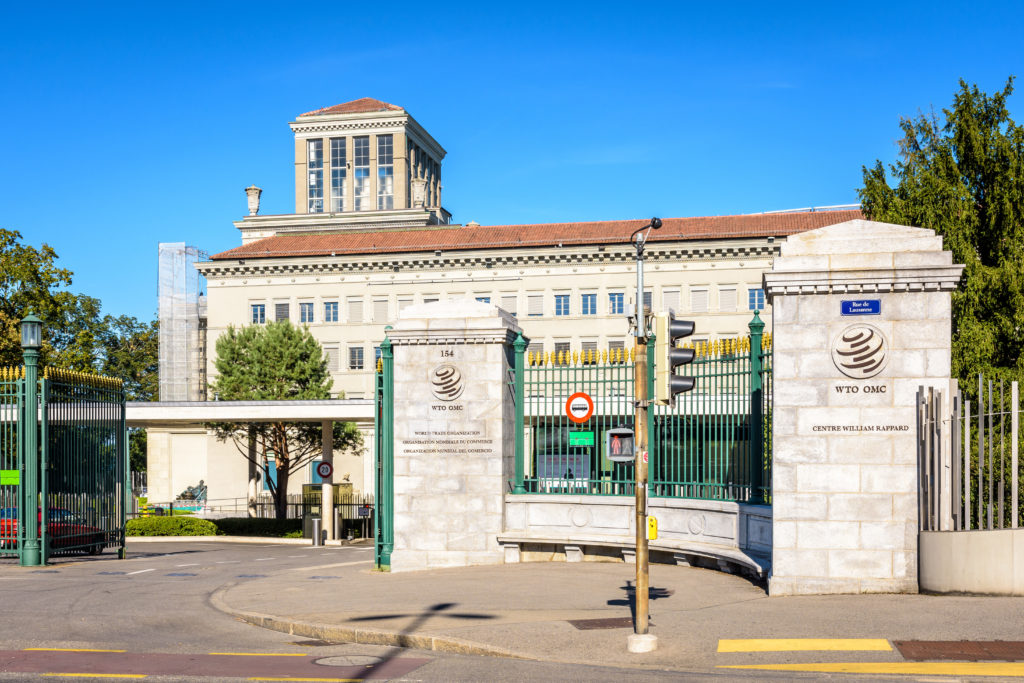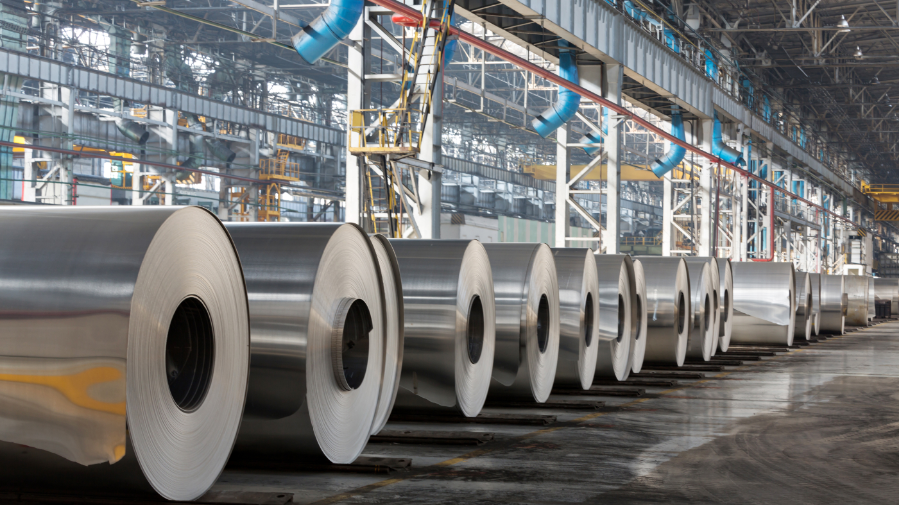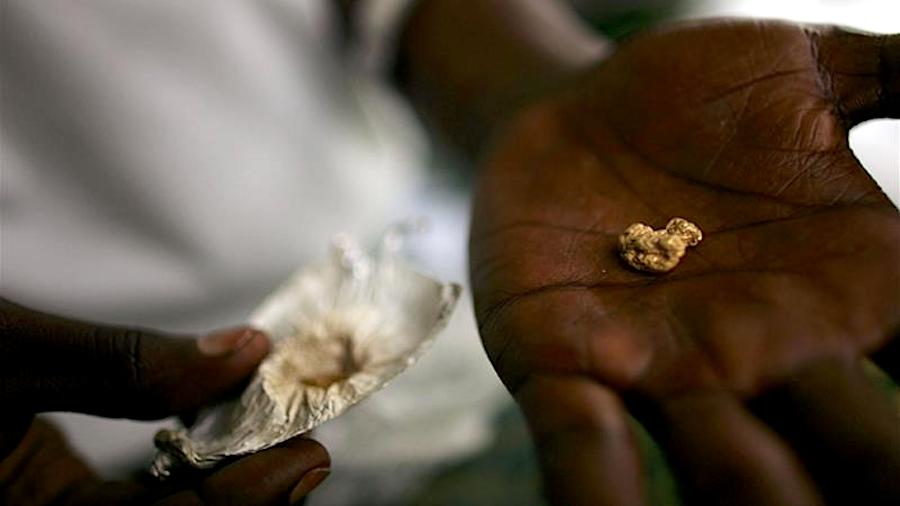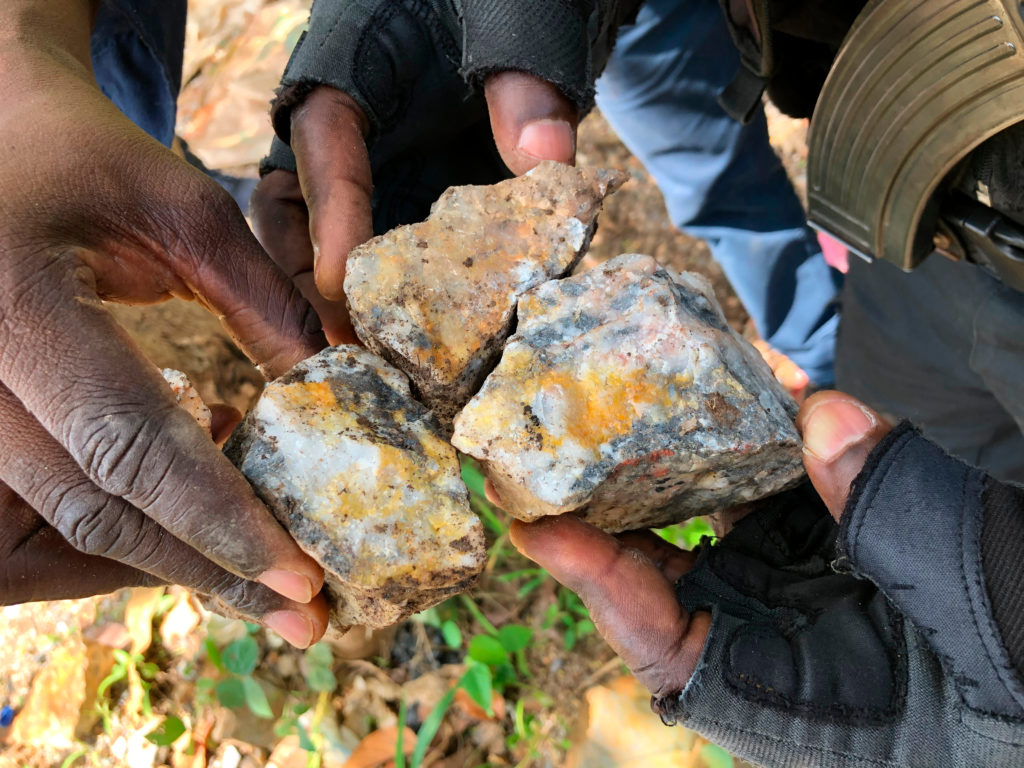Rutgers receives grant from USDA to develop an alternative to hydroponics method
The funding will spark innovations in plant growth from urban areas to outer space
Rutgers Health received a $607,000 grant from the U.S. Department of Agriculture to develop “electroponics,” an alternative to the hydroponics approach to farming that would allow plants to grow under limited water conditions or in zero gravity conditions ready for deployment in space stations.
The idea behind the research is to adapt farming to conditions resulting from climate change where water is a rare commodity and to precisely target the delivery of agrichemicals that can cause serious environmental pollution.
“Increasing food security is one of the challenges of the 21st century. We need to increase food production by 100% by 2050, and we need to do so in a more sustainable manner at a time that climate change reduces arable land and makes water scarce,” said Philip Demokritou, the Henry Rutgers Chair and Professor of Nanoscience and Environmental Bioengineering at Rutgers Health, Professor of Mechanical and Aerospace Engineering, and principal investigator of the project.
“There is an urgent necessity to develop effective irrigation strategies, which utilize minimal water usage and optimize the delivery of agrichemicals for crop growth,” continued Demokritou, who is the director of the division of environmental health biosciences at the Environmental Occupational Health Sciences Institute (EOHSI).
The three-year grant will leverage innovations in Demokritou’s Nanoscience and Advanced Materials Center and at Jonathan Singer’s Hybrid Micro/Nanomanufacturing Lab (Project co-PI) at Rutgers School of Engineering to optimize plant germination and growth. The proposed novel and game-changing technology uses electrospray as a method of precisely delivering water in the form of electrically charged micron-size particles and biopolymer-based nanofibers extracted from food waste that can be used as seed coatings to enhance germination and plant growth suitable for many types of edible plants such as lettuce. “We will scale up and demonstrate these innovative technologies in simulated urban and space environments, bringing precise micronutrient and water delivery to critical scenarios for long-term sustainability and exploration,” said Jonathan Singer, Associate Professor of Mechanical and Aerospace Engineering and Mary W. Raisler Distinguished Teaching Chair at Rutgers School of Engineering.
The agricultural sector is faced with challenges brought about by climate change and population growth, including water scarcity and agrichemical delivery inefficiencies. Water scarcity is a pressing issue in agriculture, leading to low yields and crop failures, whereas inefficiencies in agrichemical delivery also result in major environmental and public health issues.
“The scientific knowledge gained in the project can impact and inform more efficient farm practices and enhance food security at a global scale,” adds Demokritou.
The goal of the project will be a scaled-up electroponics system demonstrated in a field study in terms of its ability to enhance plant growth using minimal amounts of water and agrichemicals. The proposed innovative platform for the precision delivery of water and agrichemicals using electrospray/electrospinning approaches will thereby be shown as a viable alternative to current soilless approaches in tackling future challenges.




